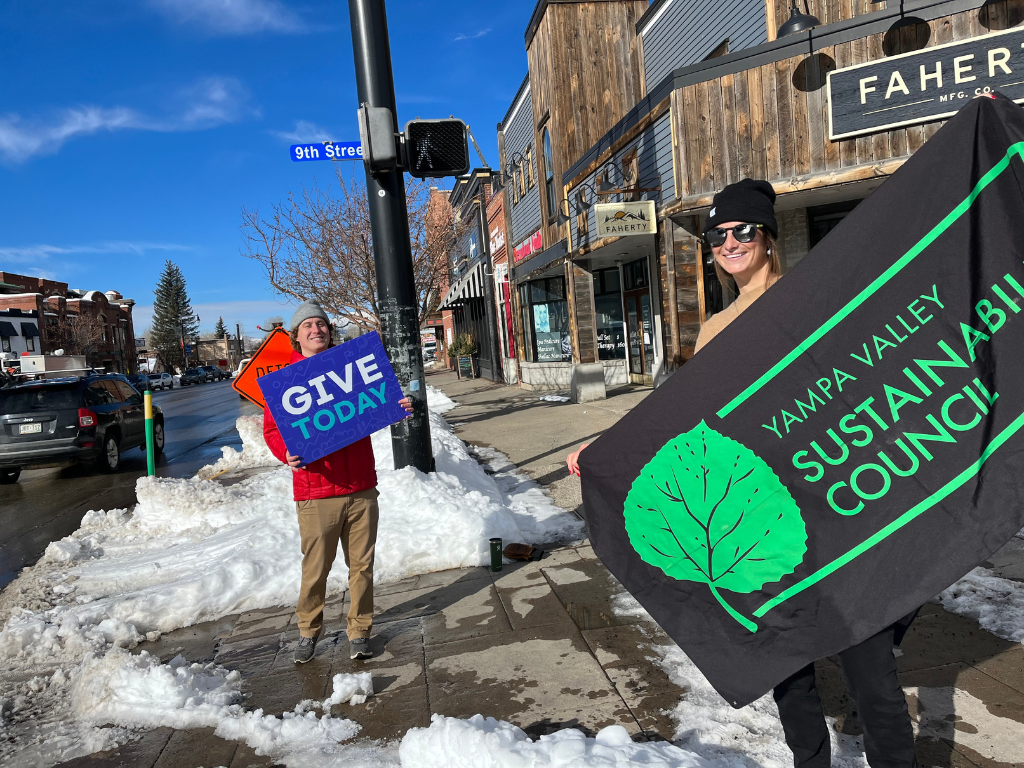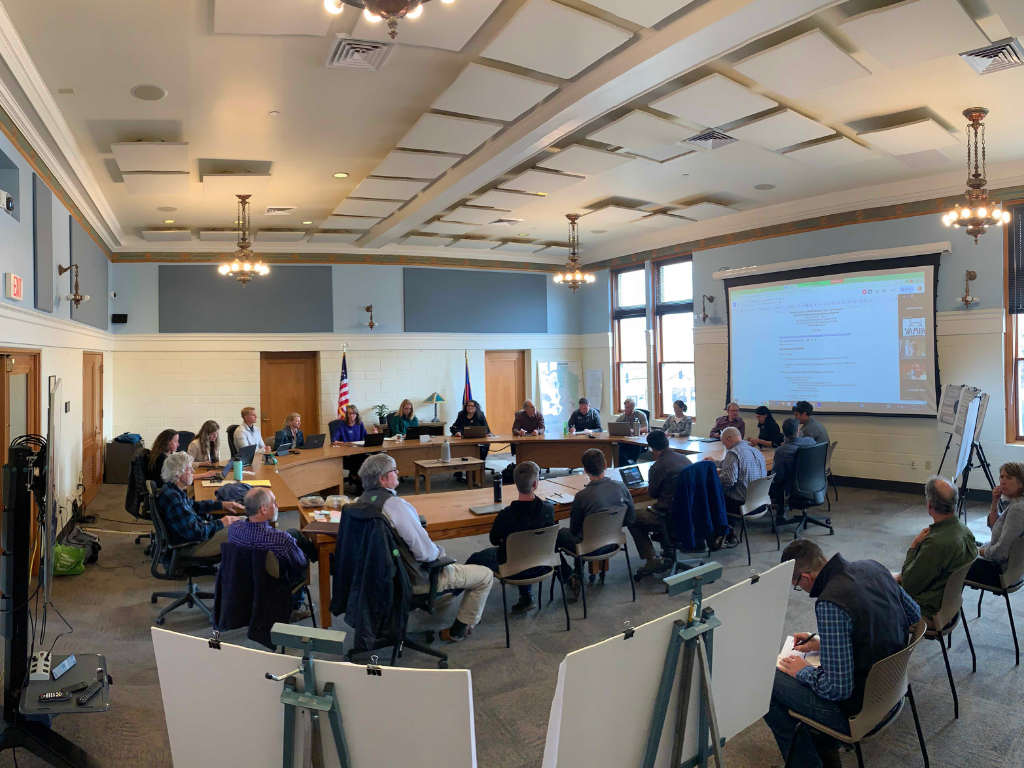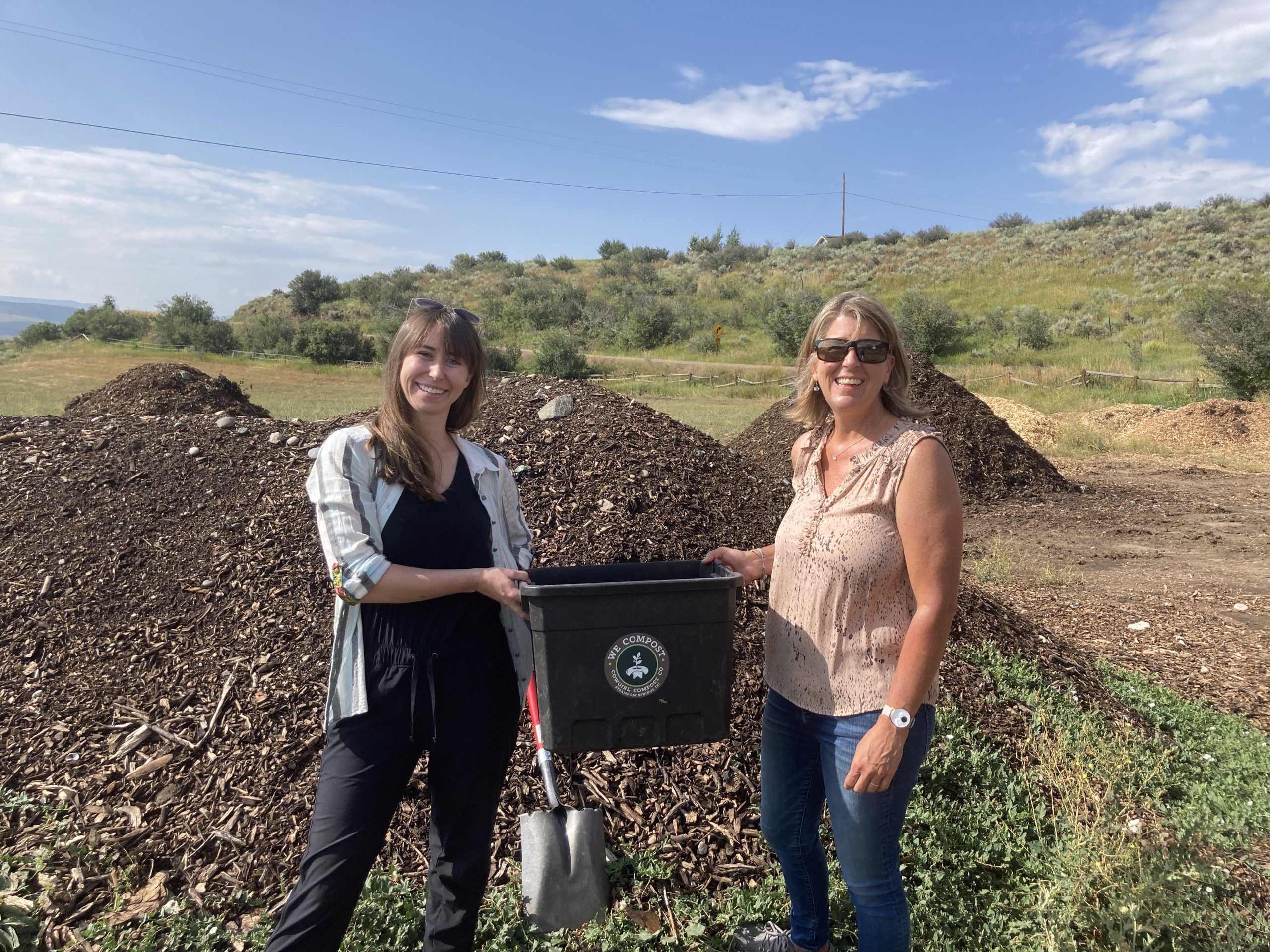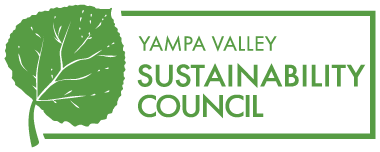Karin Brulliard | July 3, 2022
As seen in The Washington Post
Yampa Valley Sustainability Council steps forward with fellow regional environmental nonprofits and state and federal agencies to advocate that Rainbow Family Gathering minimize environmental impacts to biodiversity-rich and ecologically sensitive Adams Park area with quotes in this article from The Washington Post:
The Rainbow Family, which bills itself as “the largest non-organization of non-members in the world” and each year descends on a national forest for one week of hippie-tinged communing with nature and prayers for peace, is celebrating its 50th anniversary this year. It announced in mid-June that it had chosen a remote spot of Routt County in northwest Colorado, the state where it first came together in 1972, for a gathering that began Friday and is expected to attract 10,000 people.
This one-with-the-land ethos was not exactly welcomed locally in an era of climate change and extinction. At the mere rumor that the group might choose the location where gatherings began five decades ago, in a neighboring county, commissioners there issued a statement saying, essentially: Don’t. The Colorado Parks and Wildlife department on Friday called on attendees to “respect our great outdoors.” Social media filled with locals fretting about the gathering. The newspaper in Steamboat Springs ran columns by environmentalists criticizing the selection of the site, host of a massive elk herd and sandhill crane nests, in a drought-stricken state traumatized by recent devastating wildfires.
But in a nation that often seems to be divided in two, the Rainbow Gathering’s half-century assembly told a story of many Americas. The U.S. Forest Service, which has repeatedly emphasized that the gathering is unauthorized, works with the Rainbow Family on-site cleanup. The event, though leaderless and disheveled, is highly organized and includes a fire watch that counsels participants about fire safety. Attendees skew left but probably also include a few “Trumpsters” and QAnon devotees, said one longtime camper. The era’s political divisions, in any case, did not dominate conversations.
“You have the whole continuum of people,” said Ray, 70, who on Friday was pulling a 100-pound cart of supplies up the 1.5-mile trail from a parking area to what is known as the Main Meadow, site of communal dinners and the event’s pinnacle, a July Fourth silent peace prayer and meditation. He did not want his full name published.
Ray said he attended the first gathering in 1972 and had been to at least 35 since, though he skipped the last two years, which were smaller and somewhat splintered over disagreements about the wisdom of gathering during a pandemic. Now, he said, he wanted to pass the torch to younger Rainbows — and continue making a point.
“There’s also politics here. The right of the people of America, United States, to gather peacefully — that’s supposed to be a right — on the people’s land … to practice spiritual belief, freedom of religion,” said Ray, a retired health-care worker from southern Oregon. “To assert those rights at a time when, in my view, fascism’s grip is getting tighter and tighter and tighter.”
The Rainbow Family insists that because it is leaderless, no one can sign an application for a permit, which the Forest Service requires for gatherings of more than 74 people. Though the agency has occasionally ticketed attendees for not having a permit, it has generally come to an uneasy truce with the Rainbows, rooted in the tacit acknowledgment that the agency cannot physically stop a huge gathering on public land without risking a dangerous confrontation.
Instead, the Forest Service has again mobilized a “national incident management team,” something it does for crises like forest fires. A Rainbow Gathering incident commander was appointed, and 40 federal law enforcement officers have been assigned to the event.
“We’re managing the event. We’re not endorsing it, by any means,” Russell Harris, now in his fourth year as incident commander, said at a virtual public meeting last month. But, he added: “In general, they work with us well with protecting the resources. And they are very good at rehabilitation.”
Routt County, meanwhile, stood up an emergency operations center, dedicated a dispatch line to the event, and was trying to staff an additional ambulance so the tiny town closest to the gathering wouldn’t be without one if its sole vehicle were sent up the mountain. Ryan Hess, the mayor of Craig — another town en route to the gathering — said staff placed dumpsters and portable toilets around town to prevent Rainbow travelers from overwhelming public ones. But so far, things had been “pretty seamless,” said Hess, who is also a sheriff’s deputy.
That was echoed by Routt County Commissioner Tim Corrigan, who said locals were upset in part because a 2006 Rainbow Gathering in another part of the county left bad memories of trash, dumpster diving and trespassing in Steamboat Springs. This time, he stressed to constituents, both the Forest Service and the county were better prepared.
“Counties have zero authority over what takes place on federal lands, so really we were not in a position to permit or not permit this event,” Corrigan said.
At the gathering, attendees greeted each other with “Welcome Home.” Social media battles over their presence were no worry; there was no cell service. Handwritten signs exhorted people to pack out trash, camp at least 100 feet from streams and stay out of ponds to protect endangered boreal toads. Campers showed off water filtration systems, temporary bridges and slit latrines, covered in lime and soil and serviced by Rainbows who — in the lingo unique to the community — “plugged in” to that camp job, or “focalized” on it.
A longtime Rainbow and unofficial guide who goes by Circus Maximus said he plugged into fire watch at the 1998 gathering in Arizona and was back, after living abroad, for his first in 10 years. He wanders the camp, reminding people that personal fires are discouraged, and that a shovel and bucket of water must be near all communal fires. (The Forest Service said conditions this year did not warrant a fire ban in the area.)
“When it comes to that sort of stuff, it’s not a police force,” said Maximus, wearing a black cowboy hat and carrying a Pulaski fire tool. “It’s a please force.”
“I’d never seen Christians do it the way these guys do it,” said Gavin Boyd, 25, a carpenter from Fort Collins, Colo. It was, he said, less orthodoxy and more spirituality.
Below him was stirringly gorgeous meadow, cut by a flowing creek and new paths trod by campers. At the start of the trail, a sea of vehicles were parked atop a field quilted in Mules Ears, which resemble mini-sunflowers. Mountain bluebirds occasionally flew by. What couldn’t be seen were the recently-born elk calves that might be disturbed by the commotion, said Larry Desjardin, board president of Keep Routt Wild, a conservation group.
Desjardin circulated a petition last month urging the Forest Service to halt the gathering, calling it a serious risk to wildlife, soil, water and trees. But Desjardin said he also saw something more disturbing than a threat to nature, comparing the event to far-right extremists’ occupation of the Malheur National Wildlife Refuge in 2016.
“Everyone is a public land owner. That’s something we should all be proud about,” he said. “But there’s a lot of entitlement with people saying, ‘I should get access anywhere and anytime I want.’”
The Forest Service, in a nod to the concerns, closed off a large section of the forest south of the gathering.
Maximus, the longtime Rainbow, said similar objections surround every gathering.
“Oh, I’ve got a really important reason why you shouldn’t do it here. Not in my backyard!” he said, describing the complaints. “Our goal is to do everything we can to lessen the impact and stay here and replant and restore things.”
Nearby, Rainbows sang a Simon and Garfunkel song around a fire, and culture clashes seemed far away.
But they had been front and center that morning, down the road from the parking area. There, a magistrate judge from Denver presided over a makeshift federal courtroom in a dirt lot. The defendants were about 100 people who had been ticketed for misdemeanors — a tactic Rainbows liken to harassment.
“Have you ever been in a more beautiful courtroom?” judge Michael E. Hegarty, flanked by security officers, said to a group on the other side of yellow police tape. He wore a black robe; many of the defendants were barefoot.
Several there said they’d been pulled over for minor reasons — an air freshener hanging from the rearview mirror, a bike rack blocking the license plate — then cited for possession of marijuana, something they figured was allowed in Colorado, where recreational use is legal. It’s not legal, to their dismay, on federal land.
Shortly before, a gathering participant who said he was an attorney told the group that it was a “kangaroo court,” and that federal law enforcement used the event as “training” because “we are docile.”
“They’re just trying to do their job,” Hegarty said of law enforcement. “You guys are trying to enjoy nature and fellowship with one another. And that’s all good. And sometimes those things collide.”
Julie Bray and Shanda Johnson spent two days at the gathering, before its official start. It was the Texans’ first time, and they described themselves as unprepared for the nighttime cold — and for the laws. When a federal cop pulled them over and asked if they had cannabis, Johnson said, they confidently said, “Yes, it’s Colorado, yes!”
Now they were at the court, and they planned to leave after their proceedings. Still, the gathering lived up to their expectations, they said.
“I read an article, and it said there was a group of people from different walks of life — hippies and bikers and Jesus freaks, and I just thought, ‘Oh my God, that’s where I want to go!” said Johnson, 37, a massage therapist in Abilene. “But I’m done.”






